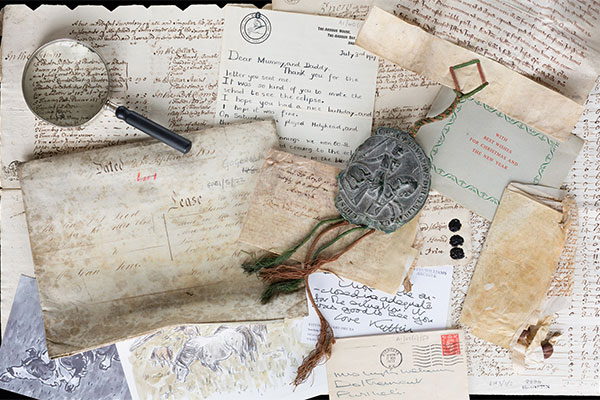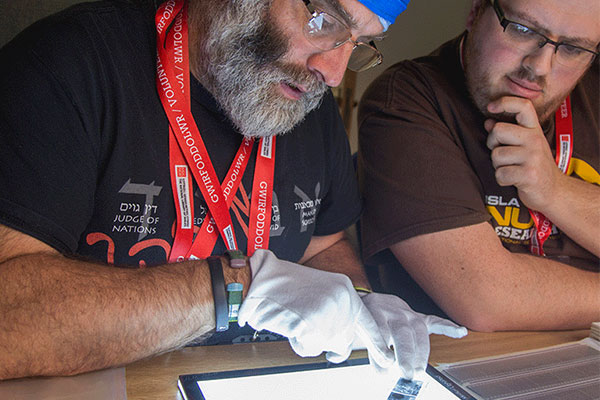Cartes de visite
By the late 1850s photography had reached the high street and photographers’ studios were common in most towns and cities. Most people chose to have their portraits mounted on small pieces of card, called cartes de visite. These would be exchanged with friends and relatives and became very popular. The Library has numerous examples of these from a variety of photographers.
John Thomas started off selling cartes des visite of Welsh celebrities of the day. He also took photographs of ordinary people, often at their place of work. He is best remembered today for his topographical views. Some 3,000 of John Thomas’ photographs can be viewed via our website.
John Thomas challenged the work of photographers such as Francis Frith and James Valentine who portrayed only the scenic beauty of Wales. The National Collection of Welsh Photographs contains over 35,000 views by Francis Frith.
As the 19th century progressed photography broadened its appeal. Technological advances gradually brought photography within reach of all social classes and the snapshot rose to prominence, such as this view of bathers at Aberdaron by J Glyn Davies.
Local high street photographers were as popular as ever and the work of D C Harries of Llandeilo, PB Abery of Builth Wells, William Harwood of Cricieth and Arthur Lewis of Aberystwyth are all represented in the collection.




